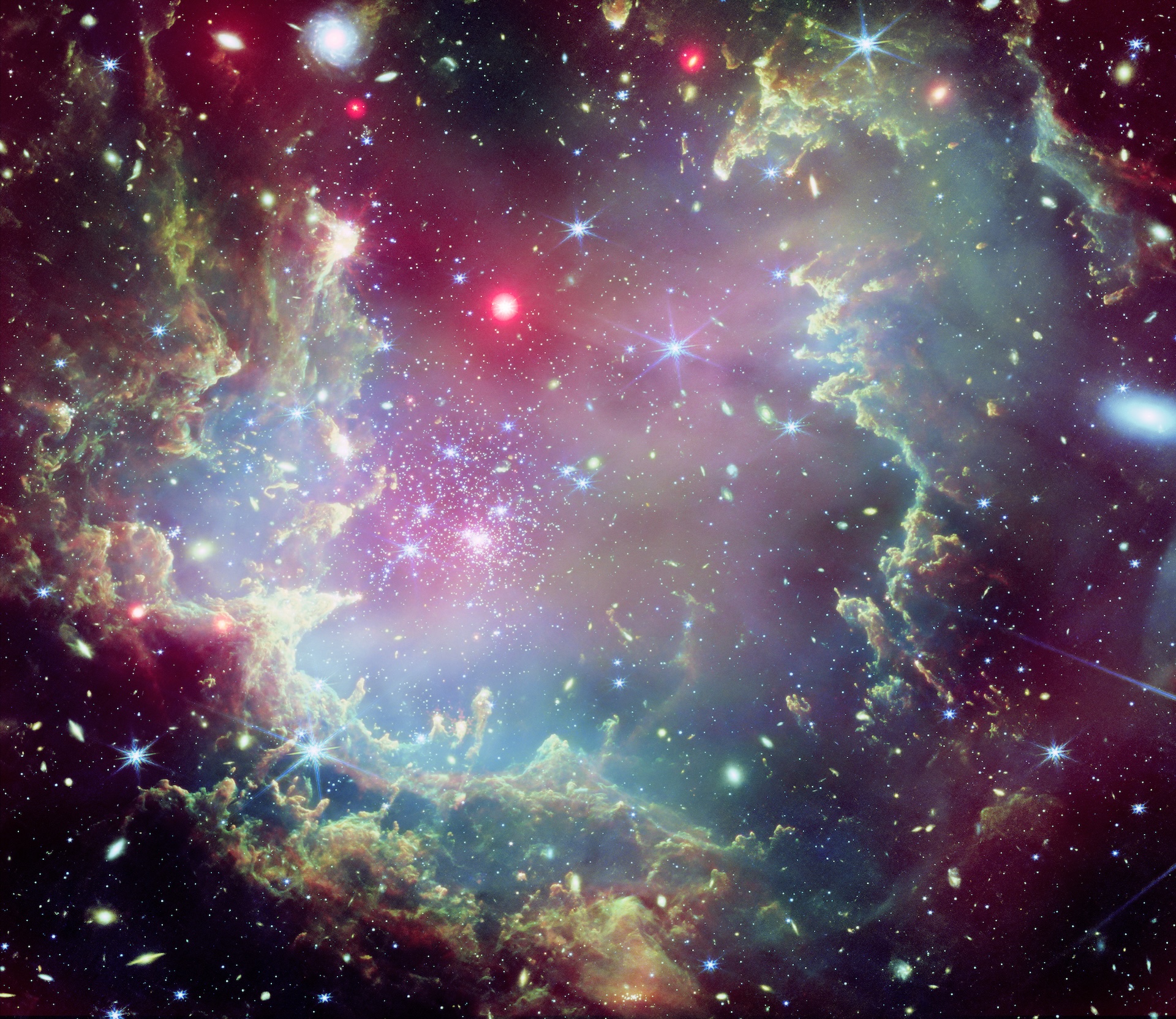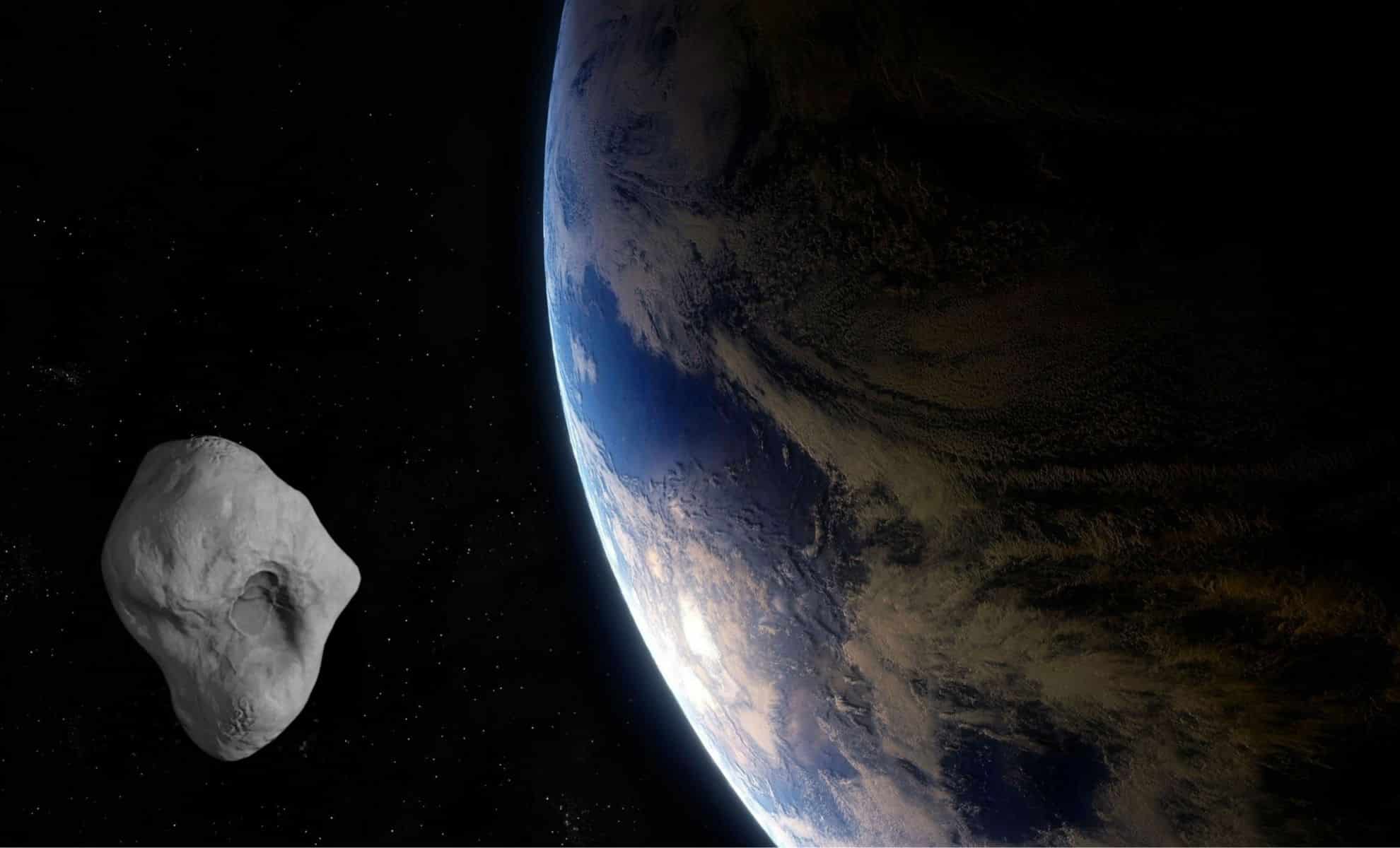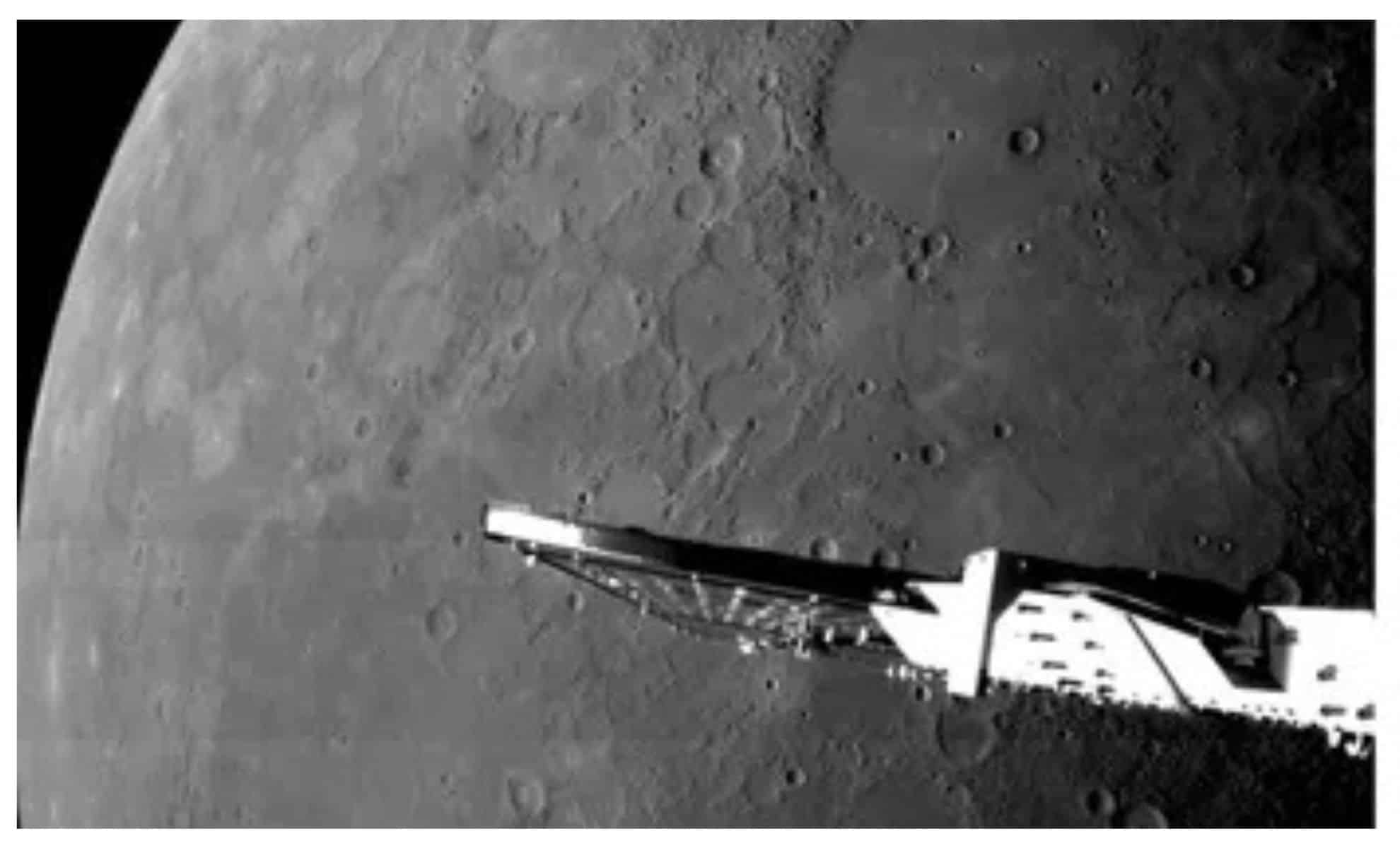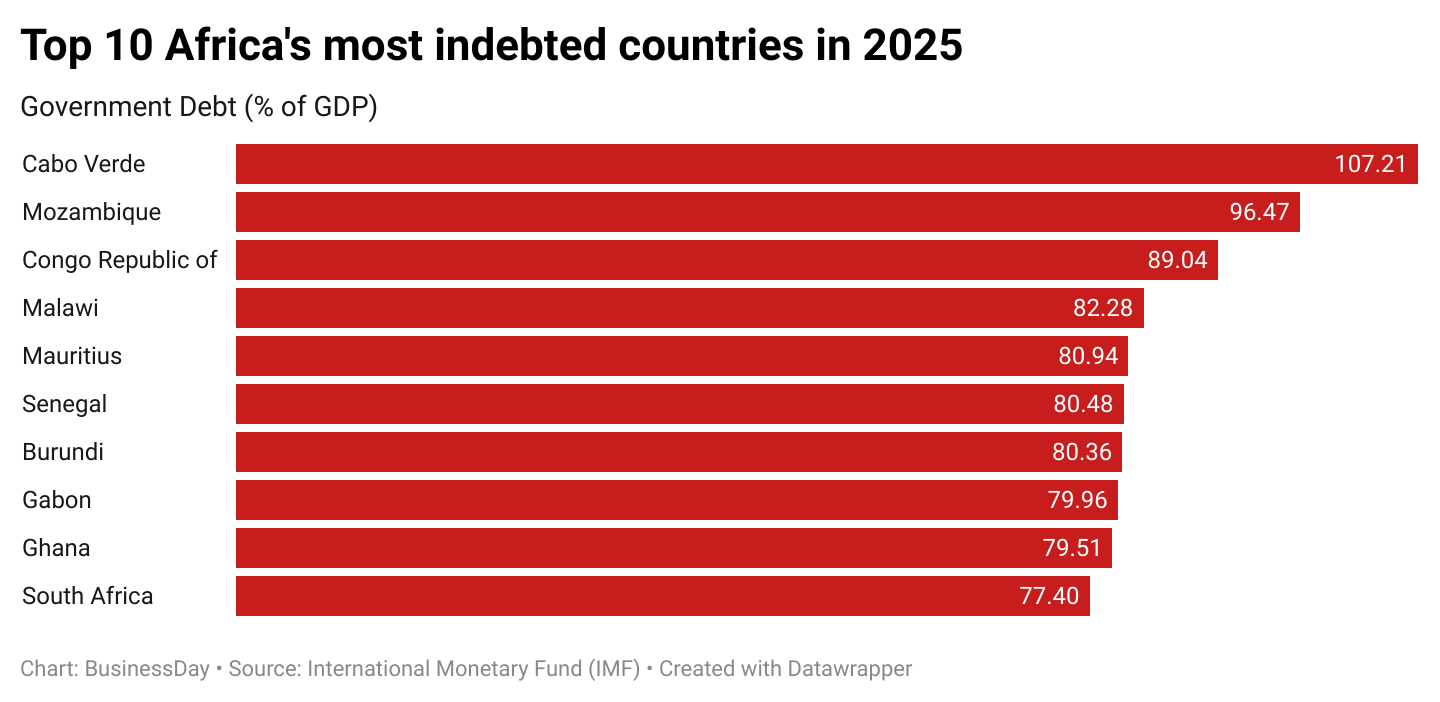What it is: NGC 602, a star cluster.
Where it is: 200,000 light-years distant in the Small Magellanic Cloud galaxy.
When it was shared: Dec. 17, 2024.
Why it’s so special: The Small Magellanic Cloud (SMC) doesn’t get much attention. It’s only visible from the Southern Hemisphere and is overshadowed by the nearby Large Magellanic Cloud. However, like its bigger brother, the SMC is a dwarf galaxy orbiting our Milky Way galaxy, and it’s perfect for studying how stars form in a galaxy that’s close to, but very different from the Milky Way.
A prime example is the Christmas wreath-shaped NGC 602, a cluster of hot, young blue stars born from the collapse of a gas cloud. The gas from which they were formed still cloaks them, but their radiation can be seen searing through it, sculpting it, leaving only tall pillars of gas that point toward the blue stars.
That gas, however, is different from what is found in the far larger Milky Way. The gas in the SMC contains fewer heavy elements — created by multiple generations of stars exploding and reforming — than does the gas in the Milky Way. NGC 602, astronomers think, is a valuable mimic of stars born billions of years ago, when the universe was younger. NGC 602 may offer a glimpse of what that early universe was like.
Related: Space photo of the week: Hubble spies a ‘cannonball galaxy’ blasting through space

This image is a composite of data captured by the Chandra X-ray Observatory — the world’s most powerful X-ray telescope — and the infrared-sensitive James Webb Space Telescope.
Chandra’s X-ray data, shown in red, reveal the presence of young, massive stars emitting high-energy radiation. JWST’s orange, yellow, green and blue infrared data highlights the region’s intricate structures of dust and gas. Together, the data creates a view of the life cycle of stars, from their formation to the dispersal of star stuff.
The new composite image of NGC 602 was released by NASA to mark the holiday season together with a new animated version of NGC 2264, better known as the “Christmas Tree Cluster.” That image combines X-ray data from Chandra with optical images from Arizona-based astrophotographer Michael Clow taken in November.
For more sublime space images, check out our Space Photo of the Week archives.









Leave a Comment